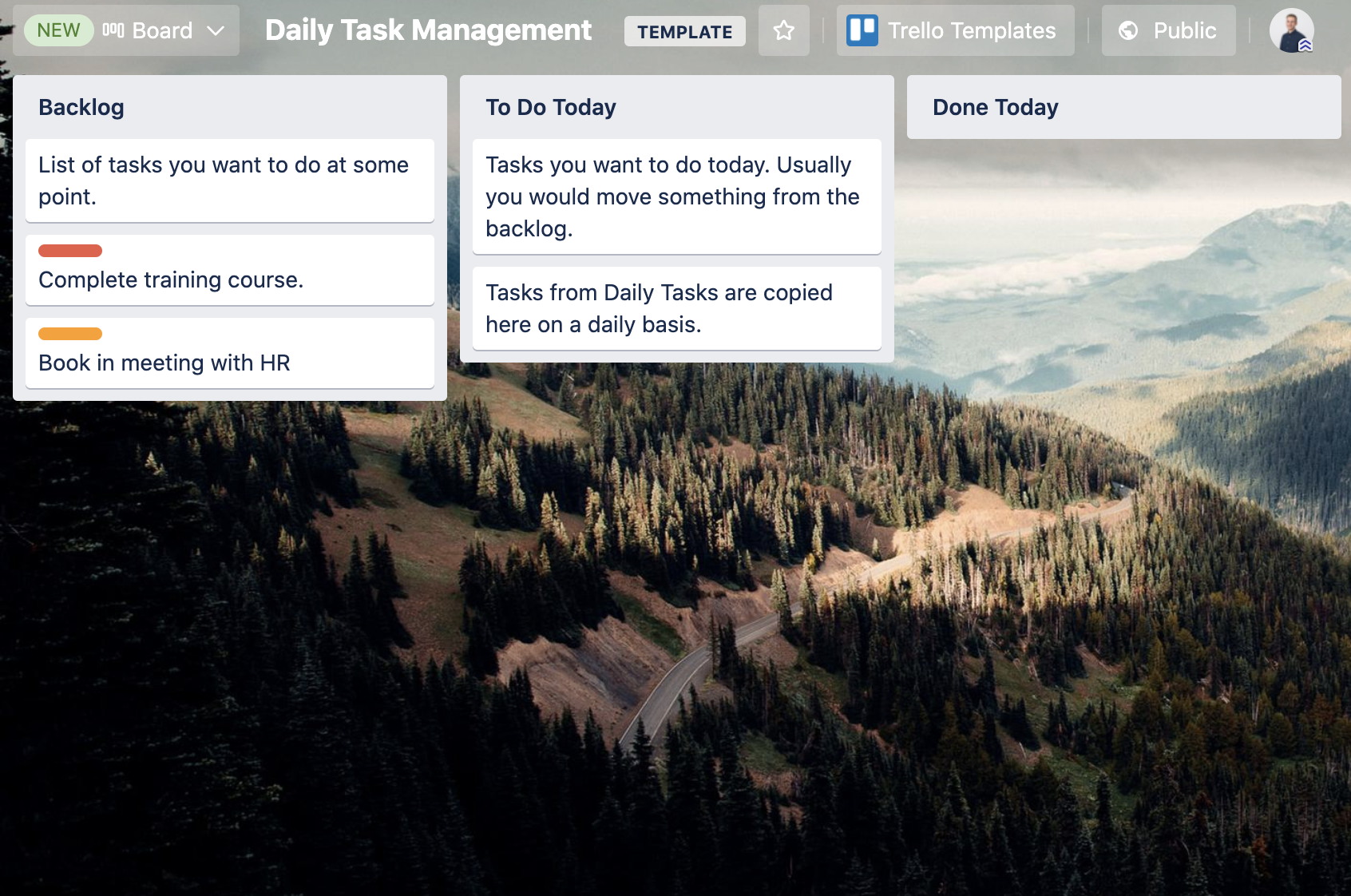You’re a project manager who has just been tasked with managing two very different, yet intertwined projects. It’s up to you to choose the best project management methodology for each project.
One project is with your development team. They need to overhaul your organization’s website to improve the clunky and somewhat confusing user experience—from the moment that a customer lands on the site to after they make a purchase. The development team is super flexible and open to breaking up into smaller teams in order to tackle specific aspects of the website overhaul faster.
The catch with this project? It’s on a time crunch.
The website has to be overhauled before the launch of your second and longer-term project: a large-scale marketing campaign around a new line of products that are launching next quarter.
First of all, you can do this! Breath in, breath out, read on, choose the best project management methodology for each task, and get to work doing what you do best!
How To Choose The Best Project Management Methodology
No two projects are alike.
Some may remind you of a past project (that you absolutely nailed, by the way!) but there’s always a catch, isn’t there? One project may have unlimited budgets, endless resources, and flexible timelines—a walk in the park for you—, while another may have high stakeholder expectations, limited budget, tight timelines, multiple teams, and dozens of dependencies.
Since every project is so different, there are many project management methodologies to choose from that support the various project and team needs. There are so many methodologies, in fact, that new ones may have emerged while you’re reading this!
Hold up.
What Is A Project Management Methodology?
Glad you asked. Methodologies are the systems (or simply, methods) used to do something.
The Project Management Institute defined it as “a system of practices, techniques, procedures, and rules used by those who work in a discipline.”
Choosing the right methodology, as well as project management tools and teams, will set you up for success before your project kicks off. For example, you wouldn’t pick a fast-paced, quick iteration project management methodology for a long-term, large-scale, inflexible, and stakeholder-heavy project. Pair like projects with like systems.
To do that, let’s look at your project factors or considerations, such as constraints and dependents.
What Project Factors Are You Working With?
As mentioned earlier, there are many considerations at play that make each project unique. Some factors to consider what you’re evaluating your project management methodologies include:
- Project budget: How much money is going to be spent on this project? How is it divided up?
- Timeline: When is your project due by?
- Goals: What are the project’s end goals and deliverables? Start there and work backward.
- Values: How do your organizational goals and values apply to this project? Knowing this will help set expectations (and help you hold team members accountable for their commitments).
- Complexity and Scale: How complex or simple is this project?
- Flexibility: How flexible or rigid is this project and its end goals, timelines, deliverables, and team or stakeholder expectations?
- Project type and industry: Some methodologies work best for certain industries and project types, such as highly creative projects or product development sprints.
- Team: Consider the team size, diversity, flexibility, experience, and individual expertise or strengths and weaknesses, as well as their ability to collaborate and communicate when choosing a methodology.
6 Popular Project Management Methodologies And What They’re Best Suited For
It’s important to learn the similarities and differences of various methodologies available to you. For example, some project management methodologies work best if the end goal is fixed and clear, such as the Waterfall method, whereas others better suit those projects that aren’t, such as Agile and Scrum. Keep your project factors in mind while you read on—and then choose the best method for your team.
Let’s get to the methodologies.
1. Agile: Flexible, Fast, And Short Collaborative Sprint Projects
More than a methodology, agile is a set of principles that would be ideal to follow for your first (hypothetical) project.
Agile is made up of fundamental values that are ideal for small teams to work in short and fast project cycles or sprints without blockers. Blockers include too much documentation, work in progress, meetings, or processes to slow them down. The working team would need to be protected from these blockers so that they can stay focused on the tasks at hand.
Teams who work well together can collaborate on small tasks and adapt and respond to an ever-changing task list. Because agile is an iterative design and build process, teams must be flexible with the outcomes and the path they take to get there.

2. Scrum: Quick And Continuous Development Projects
If agile is a set of principles that teams follow to work quickly and respond adaptively to changes as they arise, then Scrum is a project management methodology and the most popular and simple framework that puts agile principles to use.
Scrum is an ideal methodology for your project with the development team to overhaul the website. It’s ideal for continuous improvement and rolling task lists. Something like improving the customer journey on a website may have a timeline, but will always have room for improvement—especially as customer expectations and the digital space change so quickly.
The goal of Scrum is to develop, build, deliver, and sustain complex products using small collaborative and highly accountable teams and iterative task lists. There are roles, events, and artifacts. Roles include a product owner, development team, and scrum master, while events include sprints, daily scrums, or standup meetings, and artifacts include product and sprint backlogs.
3. Kanban: Visualize Task Progress For Agile Teams
Like Scrum, Kanban is another product management methodology that follows agile principles. Kanban is ideal for projects that are done by small, flexible, and collaborative teams, like Scrum, but there is a highly visual aspect as well.
Tasks are visually displayed in-person on sticky notes or in software such as Trello using columns as they progress. This is called a Kanban board. Tasks move from a backlog through the board’s columns that represent various stages of the process from the backlog, start to finish.

Having a visual representation of backlogged work, work in progress, and completed tasks is a great project management tool for most projects.
This would also be helpful for your second project, in particular, to keep track of tasks’ status as they move throughout the creative process. For example, designing a webpage for the new line of products will have various steps and creative team members involved. Visually seeing how the project is progressing will help you and the team to see how it’s coming along and where blockers are.
4. Lean: Projects That Do More With Less
For those organizations that are looking to transform how they do business, the lean methodology may be one to consider. Lean aims to maximize customer value and minimize waste. This is a great way to put out quality work while increasing efficiencies that minimize unnecessary spending, resources, teams output, or time.
Lean was created in the Japanese manufacturing industry to improve quality control and remove redundancies that may increase the price or value for customers down the line.
Known as the three M’s, Lean methodology defines three types of project waste: muda, mura, and muri.
- Muda is about getting rid of the waste or anything that doesn’t add value.
- Mura streamlines processes, so if one aspect of the project takes too long, for instance, then something further down the task list will have to be completed faster.
- Muri is about removing blockers, such as too many stakeholder meetings.
5. Waterfall: Large-Scale, End-Goal Focused, And Fixed Projects
Tried, tested, and true, the Waterfall methodology has been around since the 1970s. Like a waterfall that cascades downhill, this method is sequential with ordered tasks following one after another as they are completed.
The Waterfall method requires a very solid understanding of the end goal and the necessary steps to get there. As such, it doesn’t leave much room for errors or flexibility. This is great for projects that you’ve done in the past where there is minimal need to adapt on the fly.
This could be something to consider for your large-scale marketing project if you’ve launched new product lines many times in the past and don’t expect any surprises.
With this method, collect and analyze any and all project requirements and deadlines. This requires a lot of up-front work and planning. Then design your approach to meet every stage and their deadline in sequence before reviewing it and putting it into action.
6. Hybrid: Flexible And Fast-Paced Projects With Structured Plans
If agile aims to move fast, adapt quickly, and be flexible, Waterfall is its polar opposite, with fixed deadlines, clear deliverables, and mapped-out categorized project plans.
Hybrid is a methodology that blends the two. Think of it as the best of both worlds. You get the structure and organization of planning milestones out and the flexibility and speed of agile workflows.
It takes the flexible and fast pace of agile principles and blends them with the structured goals and mapped out plans of Waterfall. Take a look at your project requirements, task list, deadlines, and goals. The hybrid methodology uses those as your guidelines, but when it comes to getting the work done, teams should work with some flexibility on rapid iterations.
May The Best Methodology Help You Deliver On Your Projects
There are many more methodologies to name and discuss—and picking the right one for your project can be tricky! In the end, however, it’s all about picking a system that works for you, your project, and your team.
Project management methodologies were created to help you deliver the best possible outcomes based on your project’s circumstances. Take your time to find what works best, try them out, and do a debrief with your team on what worked and what didn’t. If it wasn’t the right methodology for one project, it may be ideal for another—and now you’re armed with that much more knowledge and expertise.
Happy project planning!
